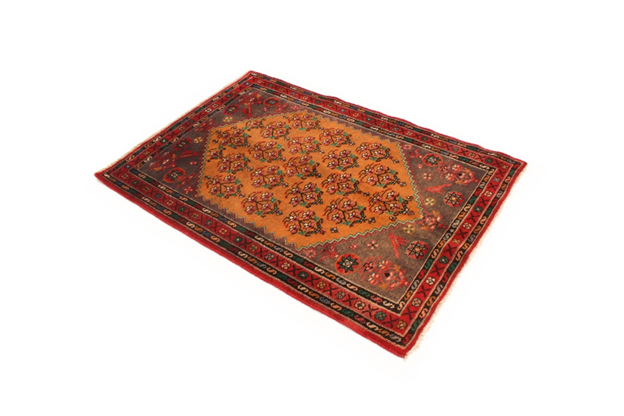Synthetic, simulated diamonds are lab-created stones that mimic the properties of authentic diamonds. Although they don’t look or feel as good or strong as natural diamonds, synthetic diamonds are eerily similar. Since mining for diamonds is super-expensive and harmful to the environment, many people in the last couple of decades have started adding these lab-created diamond simulants to their collections. Sure, it’s impossible to replicate the chemical composition and the sparkle of real diamonds. But, synthetic diamonds come as close as possible to the real deal.
Natural Diamond Simulants
Natural diamond simulants, as the name suggests, are sourced from nature. They’re gemstones or alloys that bear sharp resemblances with natural diamonds. For instance, topaz is a natural stone that is often used as a diamond alternative. Topaz consists of aluminum and fluorine and is extremely hard. But unlike real diamonds (that have diamond cubic crystals), topaz has prismatic crystals, which makes them shine less than diamonds. Quartz is another naturally occurring mineral that looks like mined diamonds. However, most variations of Quartz stones are cloudy and not as attractive-looking as real diamonds. Lastly, Beryl is another natural gemstone that deserves to be on the list of top natural diamond simulants. The transparent white-colored version of this stone has its fair share of natural impurities and flaws, but it certainly looks like a real diamond.
Synthetic Diamond Simulants
There are numerous different types of synthetic diamonds, with each varying in size, composition, and appearance. Leaded glass (commonly known as crystals) was perhaps the first human-made material to be passed off as natural diamonds. However, since these crisp-clear glasses are easy to chip or crack, they’re not found in many jewelry pieces. The naturally occurring calcium tungstate mineral called Scheelite also looks like diamonds in some variations. Sphalerite is another naturally occurring mineral that’s known for being a diamond substitute as it is very shiny. However, the best simulated diamonds are the ones made of cubic zirconia. This chemically manufactured material may not be as hard or durable as natural diamonds. But, in terms of appearance, no other diamond substitute comes close to cubic zirconia. As long as owners regularly clean their cubic zirconia jewelry, these “fake” diamonds can last for long periods.
Buying a Diamond Simulant
Always look for diamond simulants that have better clarity and colors than natural diamonds. Yes, some synthetic diamonds can earn ‘G’ ratings for color and ‘VS1’ ratings for clarity – meaning they’re just as good as the average diamond ring in the market. Also, shop from stores that offer both natural and lab-created diamond simulants.





